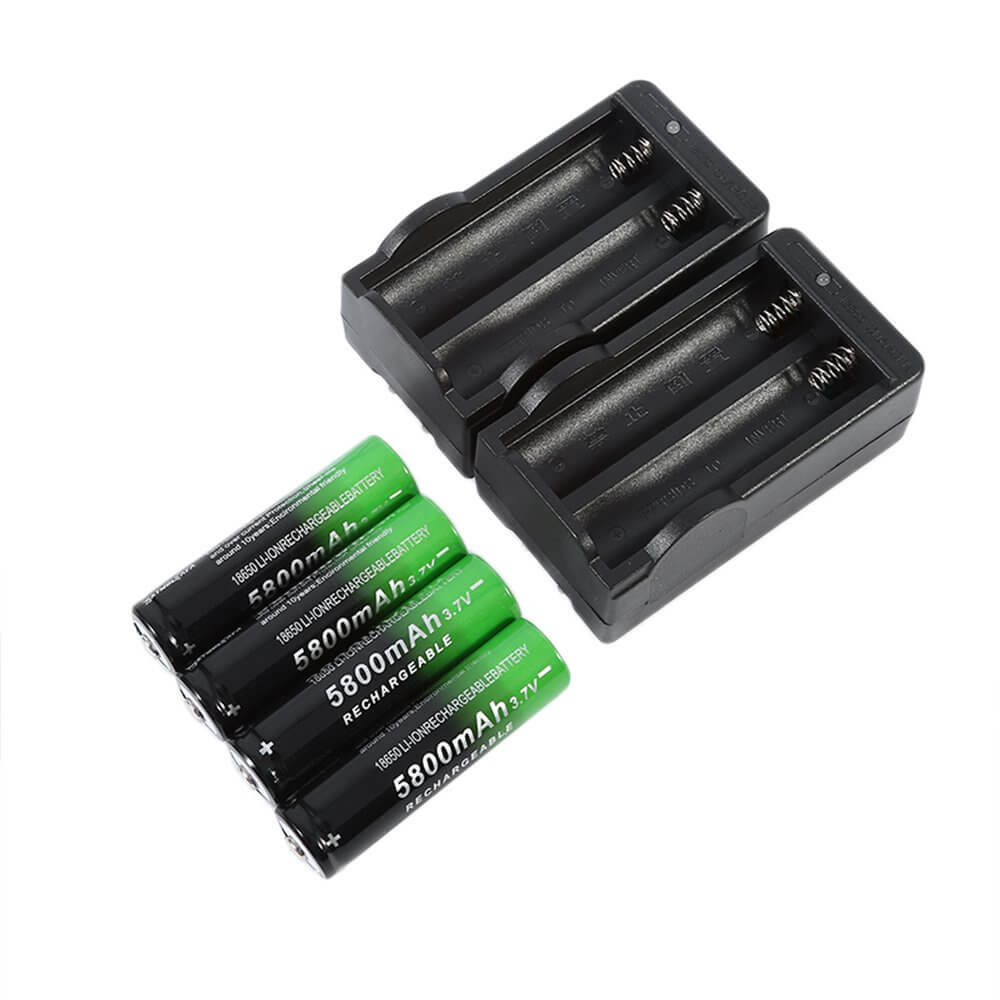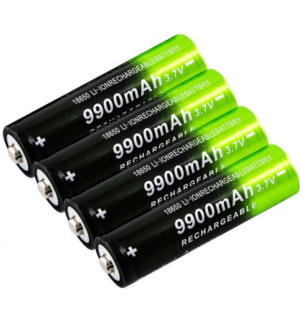Extreme temperatures can have a significant impact on the life and performance of batteries. High temperatures, such as those experienced in hot summer months or in direct sunlight, can accelerate the chemical reactions inside batteries, causing them to degrade more rapidly.
This degradation leads to a decrease in battery capacity and overall lifespan. On the other hand, extreme cold temperatures can temporarily reduce battery performance, resulting in slower discharge rates and diminished capacity.
It is important to note that extreme temperatures can affect various types of batteries, including lithium-ion batteries commonly found in smartphones, laptops, and electric vehicles. To mitigate the impact of extreme temperatures, it is recommended to store batteries in a cool and dry environment, avoid exposing them to prolonged sunlight or extreme heat, and refrain from charging or using batteries in extremely cold conditions.
By taking these precautions, users can help preserve the longevity and optimize the performance of their batteries.
Batteries are vital for powering many devices and applications, such as laptops, smartphones, electric vehicles, and drones. However, batteries are also affected by temperature changes, which can impact their performance and lifespan.

Extreme temperatures, both high and low, can create various challenges for batteries, such as capacity loss, power degradation, safety issues, and irreversible damages. Therefore, understanding the impact of temperature on batteries is important for proper battery management and optimization.
In this article, we will examine how extreme temperatures affect battery performance and lifespan, focusing on lithium-ion batteries (LIBs), which are the most common type of rechargeable batteries used today. We will also discuss some possible solutions and strategies to mitigate the negative effects of temperature on batteries.
How high temperatures affect battery performance and lifespan
High temperatures can have several negative effects on battery performance and lifespan, such as:
• Capacity loss:
High temperatures can accelerate the chemical reactions inside the battery, which can lead to faster deterioration of the electrodes and electrolyte. This can result in a loss of capacity, meaning the battery can hold less charge than before. According to a study by Battery University , when a LIB is charged at 113 degrees F versus 77 degrees F, the capacity loss after 200 cycles is 6.7% versus 3.3%, respectively.
• Power degradation:
High temperatures can also lower the internal resistance of the battery, which can lead to higher current flow and power output. However, this can also cause more heat generation and stress on the battery, which can further worsen the deterioration process. Moreover, high temperatures can lower the voltage of the battery, which can affect its ability to deliver power to the device.
• Safety issues:
High temperatures can pose serious safety risks for batteries, especially if they are overcharged or damaged. High temperatures can initiate a phenomenon called thermal runaway, which is a positive feedback loop where heat causes more heat until the battery catches fire or explodes. Thermal runaway can be triggered by various factors, such as internal short circuits, mechanical abuse, or external heat sources.
How low temperatures affect battery performance and lifespan
Low temperatures can also have several negative effects on battery performance and lifespan, such as:
• Capacity loss:
Low temperatures can decelerate the chemical reactions inside the battery, which can reduce the available capacity of the battery. This means the battery can supply less charge than normal at low temperatures. According to Battery University , when a LIB is discharged at -4 degrees F versus 77 degrees F, the capacity loss is 50% versus 0%, respectively.
• Power degradation:
Low temperatures can also raise the internal resistance of the battery.
Final Thoughts
In summary, extreme temperatures have a notable impact on battery life and performance. High temperatures can accelerate degradation, leading to reduced lifespan and capacity. Conversely, extreme cold can temporarily diminish battery performance.
To optimize the longevity and efficiency of your batteries, it’s crucial to adhere to the recommended temperature range for storage and usage. By effectively managing temperatures, you can ensure optimal battery performance and maximize the functionality of your devices.

